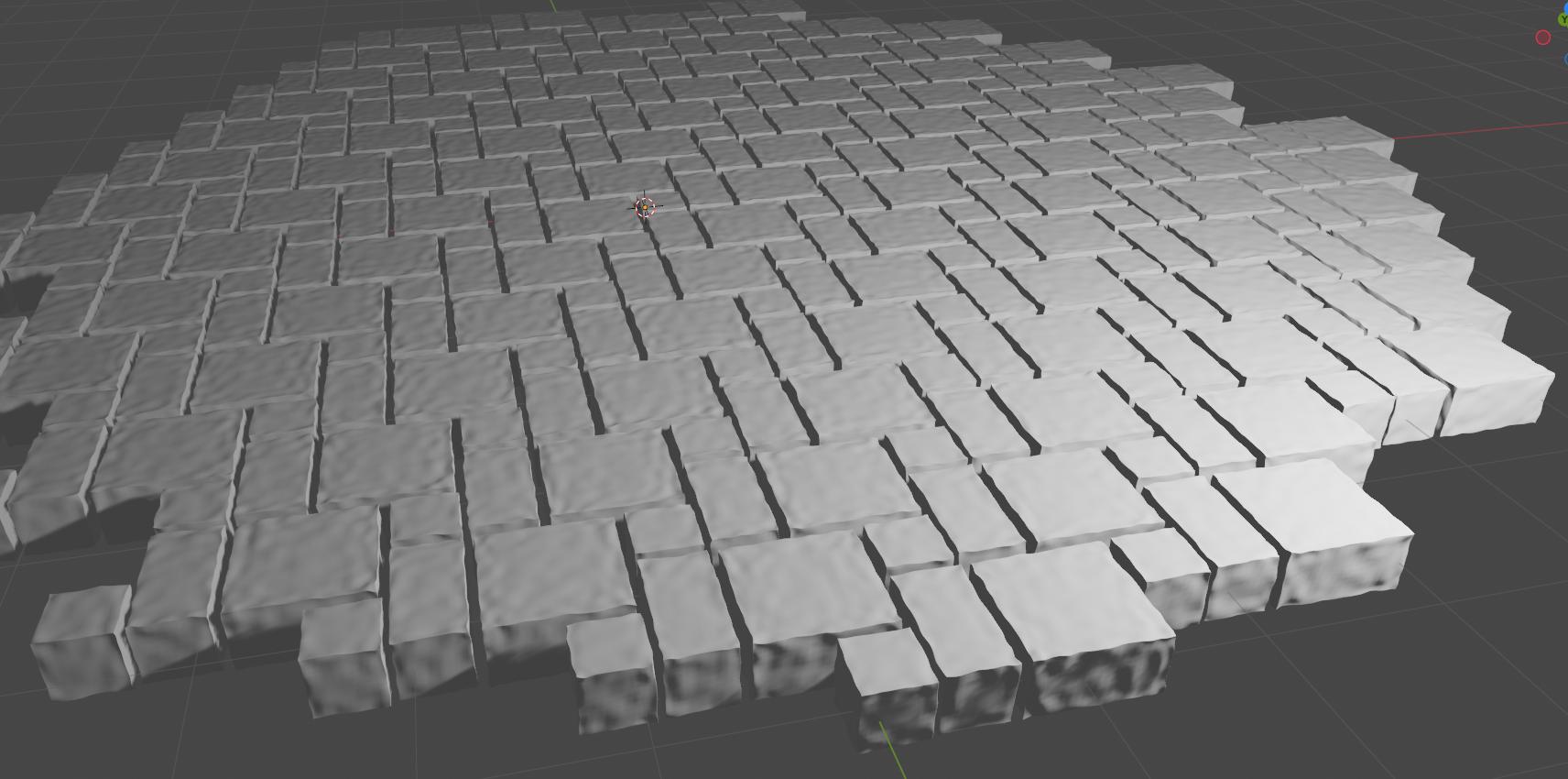I'm trying to make a stone brick floor, but I can't seem to figure out a way to do it other than manually. I don't know much about geometry nodes, but I've tried messing around with them to get something to work, but maybe I missed something. What would be the best way to go about this? (The floor in question will just be a simple square/rectangle and I'm trying to get a somewhat uniform look so that it looks like an old man-made floor) The top image is sort of what I'm going for, but I'm using rounder stones so it won't be as neat and aligned.
Any help is much appreciated.








